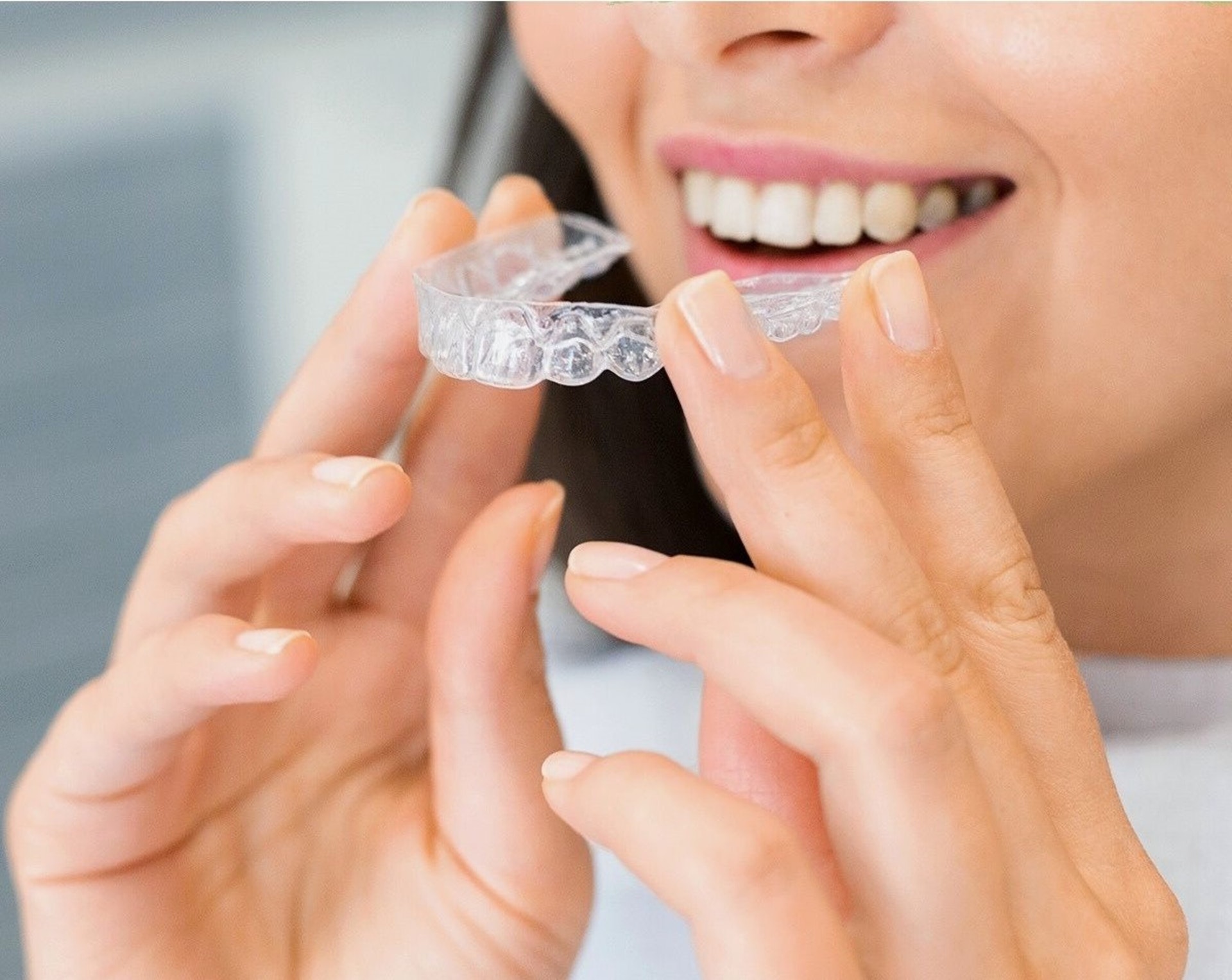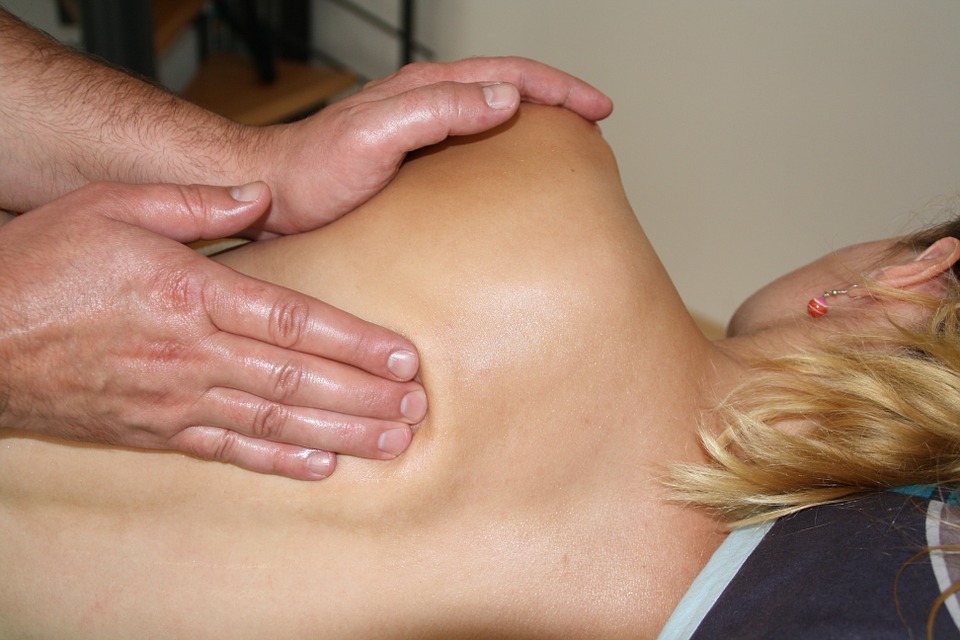Thanks to Invisalign, straightening your teeth is easier and more discreet than ever. This revolutionary orthodontic treatment uses a series of clear aligners to slowly align your teeth into the desired position without needing metal brackets and wires. However, like any dental procedure, there are certain blunders you should avoid to ensure successful results utilizing invisalign Glasgow. This blog post will discuss patients’ top mistakes when using Invisalign and how you can avoid them.
Not Wearing Invisalign for the Recommended 22 Hours Per Day
One of the biggest blunders you can make when using Invisalign is not wearing your aligners for the recommended 22 hours daily. Removing them for longer periods may be tempting, especially during meals or social events, but doing so can negatively impact your treatment progress. Consistency is key when it comes to Invisalign. The aligners are designed to shift your teeth into place gradually and need sufficient time to do their job effectively. Not wearing them for the recommended amount of time risks prolonging your treatment duration and potentially compromising the final results.

Not Brushing and Flossing Regularly
Another blunder people make when using Invisalign is not maintaining a proper oral hygiene routine. Just because you’re wearing clear aligners doesn’t mean you can neglect brushing and flossing! It’s even more important to maintain your dental care during this time. When you wear Invisalign, food particles and bacteria can get trapped between your teeth and the aligners, leading to plaque buildup and potential tooth decay. That’s why brushing your teeth at least twice daily for two minutes each time is crucial. Flossing is equally essential as it helps remove debris from hard areas to reach with a toothbrush alone. Take the time to floss daily, preferably before bed, to ensure no lingering food particles are hiding between your teeth.
Not Wearing a Retainer After Treatment
While it may seem tempting to ditch the retainer once those aligners are no longer needed, this can seriously affect your smile. After months of wearing Invisalign, your teeth have finally shifted into the proper positions. However, they still need time to settle into their new locations and stabilize. This is where the retainer comes in. Wearing a retainer helps maintain the alignment achieved through Invisalign treatment. It ensures that your teeth stay in place and prevents them from returning to their original positions. Without wearing a retainer as advised by your dentist or orthodontist, you risk compromising all the progress made during your treatment.
Conclusion
Being aware of these potential pitfalls from the start keeps you well-equipped to make the most out of your Invisalign experience – giving yourself every chance at achieving a beautiful smile with minimal hassle or complications.



 , physiotherapy experts have to get their hands dirty. This is because they like doing things manually. Some of the examples include massaging, compressing, and stretching. Manual therapy is the foundation of any given treatment plan that is prescribed by the physiotherapists. They believe it can help the patients to get better and recover quickly.
, physiotherapy experts have to get their hands dirty. This is because they like doing things manually. Some of the examples include massaging, compressing, and stretching. Manual therapy is the foundation of any given treatment plan that is prescribed by the physiotherapists. They believe it can help the patients to get better and recover quickly. njuries, physiotherapy can be used in combination with surgery to provide the best results. It is necessary to start physiotherapy before the surgical date. This is needed to beef up the body and strengthen different muscle groups. Post-surgery involves regaining back full range of motion. This also prevents the formation of scarring tissues and regaining fitness.
njuries, physiotherapy can be used in combination with surgery to provide the best results. It is necessary to start physiotherapy before the surgical date. This is needed to beef up the body and strengthen different muscle groups. Post-surgery involves regaining back full range of motion. This also prevents the formation of scarring tissues and regaining fitness.